
The drinking culture of Shinjuku's Golden Gai, nurtured by post-war history and night-light district
Shinjuku Golden Gai, nestled in Kabukicho within Shinjuku, Tokyo, is a compact and historically rich area, recognized for its narrow lanes and two-story buildings reminiscent of Tokyo's past before the economic boom of the late 20th century. Known for its artistic atmosphere, it attracts a diverse crowd of musicians, artists, writers, and celebrities. Bars here often have unique themes like jazz, punk rock, or specific interests like go or exploitation films, and many are small, intimate spaces. Historically, Golden Gai has transitioned from being known for prostitution pre-1958 to a cultural drinking area, with some bars dating back to the 1960s. Remarkably, it survived urban redevelopment that characterized Tokyo's growth, as dedicated supporters protected the area from being razed for new development.
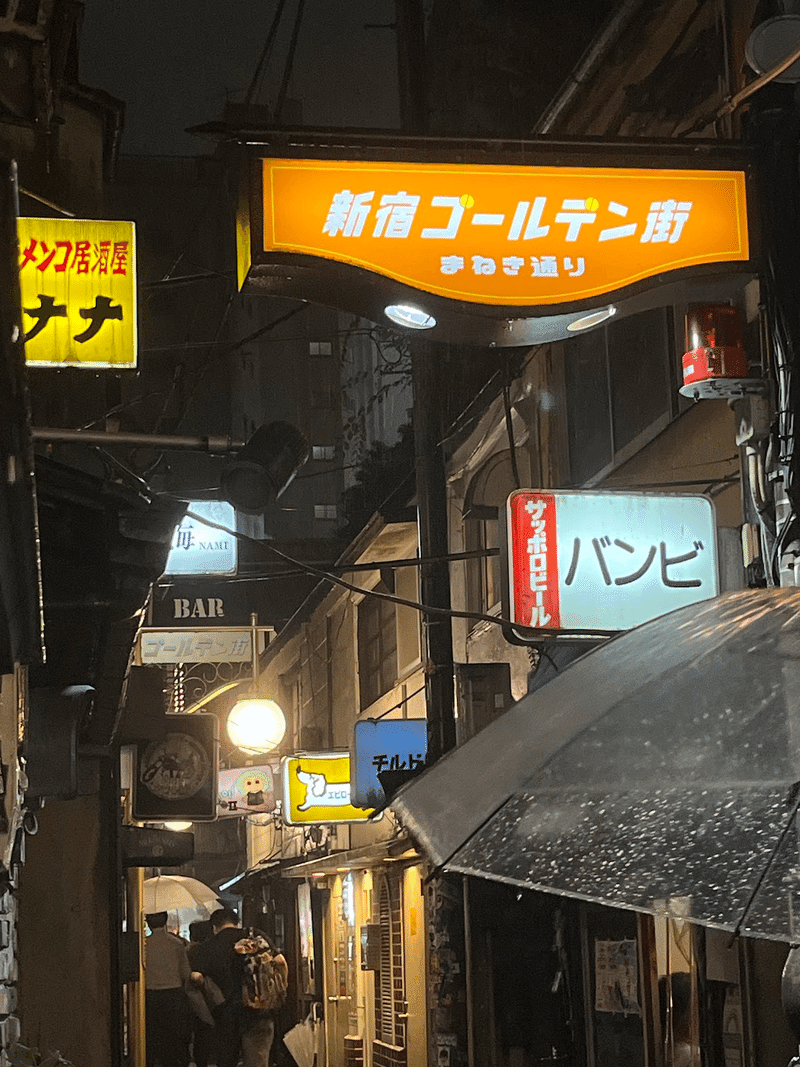
Exploring the Historic Lanes of Shinjuku Golden Gai
The back alleys of Golden Gai, overseen by the Shinjuku Golden Gai Commercial Association and the Shinjuku Sanko Shopping District Promotion Association, offer a unique bar-hopping experience that allows visitors to fully immerse themselves in the area's drinking culture. Just a turn off from Japan's most vibrant entertainment district, aglow with neon lights, and down a weeping willow-lined promenade, you'll find the grid-like narrow lanes. Here, wooden tenement rows neatly line up, with both floors packed tightly with a plethora of drinking establishments.
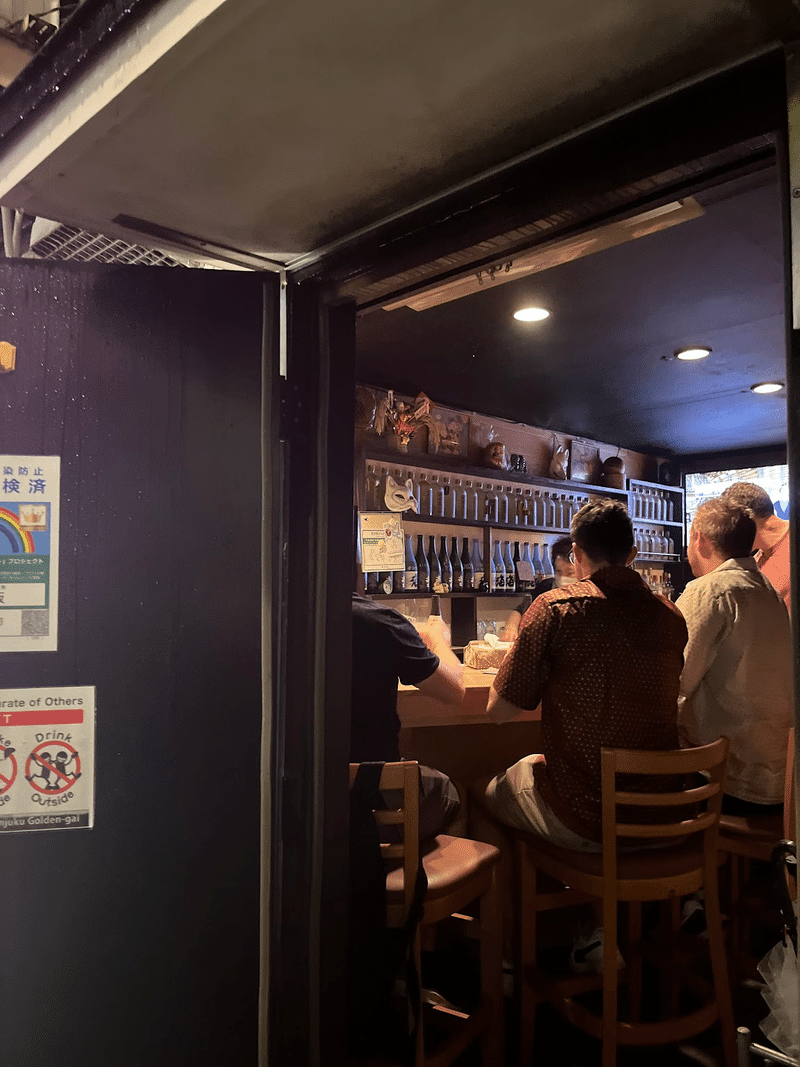
Stepping into the Intimate World of Golden Gai's Bars
Each establishment in Golden Gai typically occupies a space of about four tsubo (roughly 13.2 square meters). Opening the narrow doors just wide enough for a person to pass through, you're met with a counter where five or six people can sit closely together, enveloped in the intense atmosphere that reflects the owner's personal tastes. Patrons often have several favorite spots and tend to hop from one to another throughout the night, which is a common practice in Golden Gai. This enchanting, almost mysterious mood of the streets captivates people, and in recent years, the area has become busier with many international tourists. Tracing the origins of these wooden tenements that define the “special drinking district” leads back to Japan's post-war reconstruction era.
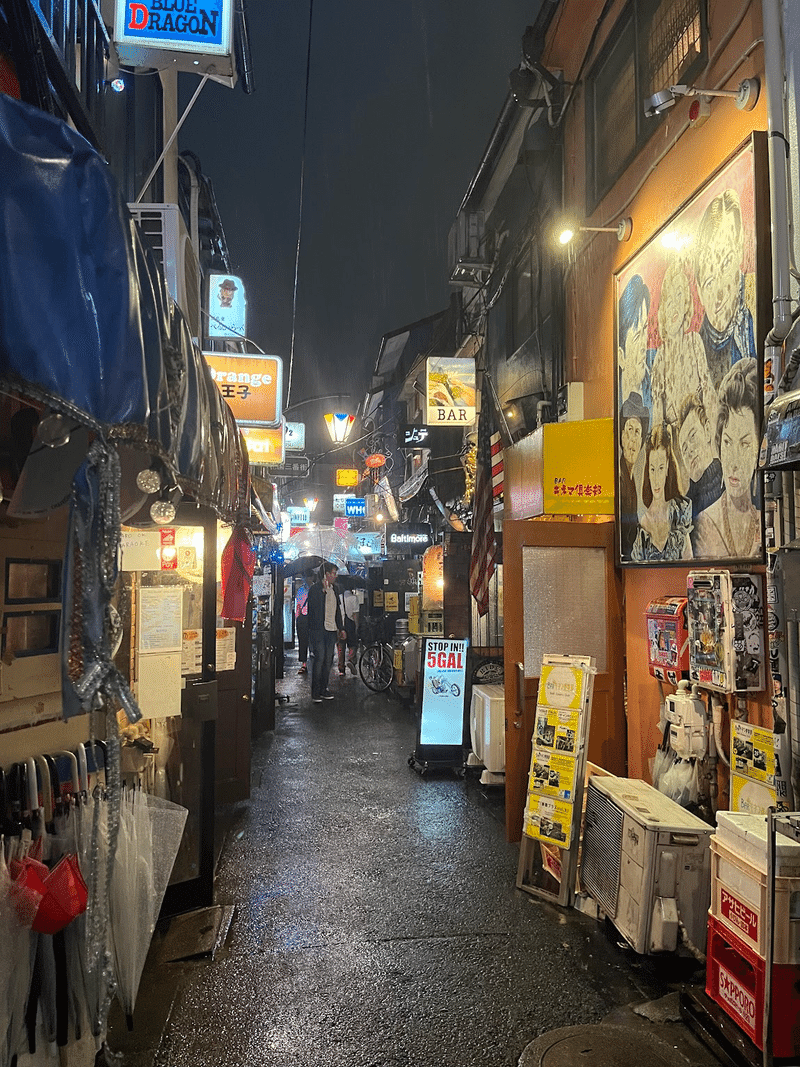
The Transformation of Golden Gai: From Post-War Markets to Cultural Landmark
In the early 1970s, the Golden Gai, managed by the Shinjuku Golden Gai Commercial Association and the Shinjuku Sanko Shopping District Promotion Association, was evolving from a post-war black market and red-light district. The origins of Golden Gai date back to 1947, just after the war ended. Street vendors from the black market east of Shinjuku Station and those around Shinjuku Ni-chome's "red-line" district were relocated to the current Golden Gai and Sanko-cho area. The government encouraged local residents to form commercial cooperatives, and the land, which had been empty, was parceled out to members, leading to the construction of the similarly structured tenement houses that remain to this day, each spanning about 3 to 5 tsubo.
Golden Gai Through the Ages: From Daily Life to Pleasure Quarter
On the first floor of these buildings in Golden Gai, there was a variety of establishments including eateries, hair salons, clinics, and fruit shops to sushi restaurants, creating a village-like atmosphere in Hanazono Street. People lived above their shops on the second and third floors, embodying a community lifestyle. Over time, the area gradually took on the characteristics of a pleasure district. It flourished as an illegal prostitution zone known as the "Blue Line" until the full enforcement of the Anti-Prostitution Law in 1958.
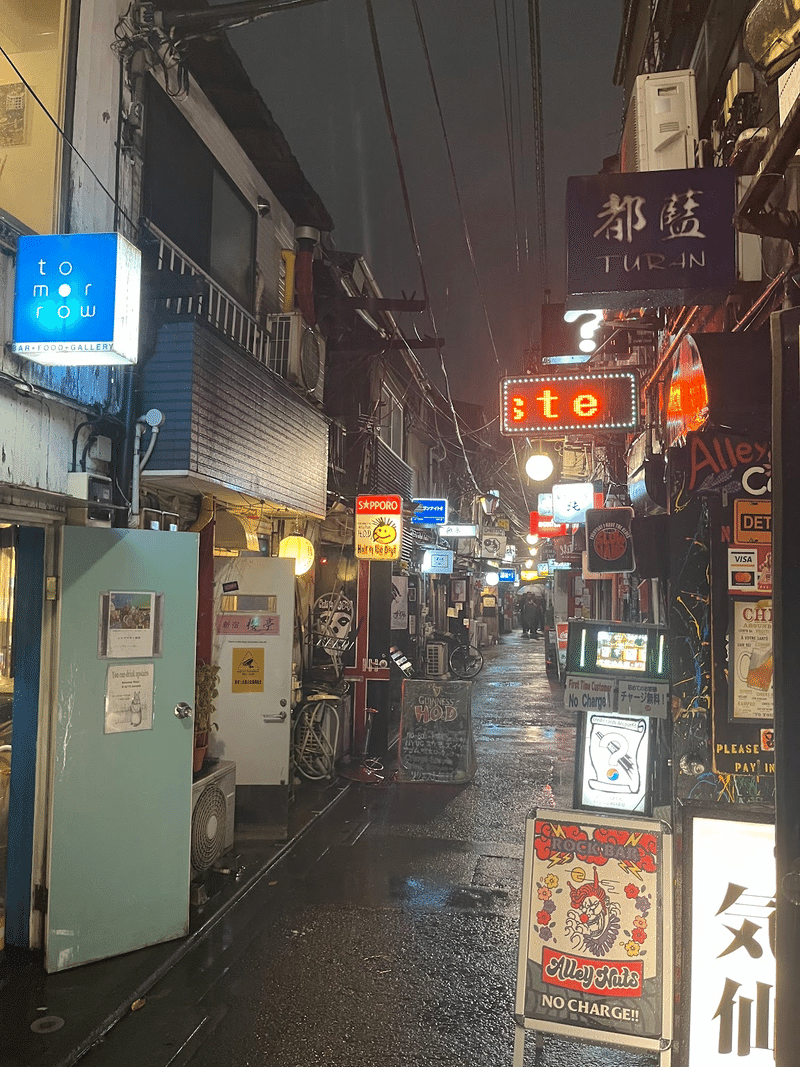
The Social Tapestry of Golden Gai: Cultural Salons and Mama-Sans
Regulars invite other regulars to these small bars, creating a true "birds of a feather flock together" environment. By hopping from one tiny establishment to another, social networks are expanded. Patrons meet various people, sometimes argue, or even end up discussing job opportunities like helping out with a stage if someone's idle. It's a place where culture is created through the interactions of those gathered in the taverns—not just a venue for simply paying to drink, but a hub of cultural exchange and community building.
The cultural salon aspect of Golden Gai has been significantly influenced by the presence of charismatic "mama-san" figures, who often run the bars. These individuals provide not only hospitality and service but also contribute to the unique character and the welcoming atmosphere that defines the cultural and social interactions within this vibrant district.
The mamas of Golden Gai are known for their strong wills. Patrons respect them and frequent their bars out of admiration, readily listening to what they say. Despite the occasional quarrels among the colorful clientele, a stern word from mama can send them outside to cool off, often returning in better spirits, arm in arm. These regulars, who enjoy the mamas' scolding, contribute to a safe and vibrant business environment. This mutual respect and co-creation of the bar's atmosphere is a tradition that has been built over time and continues to be a hallmark of Golden Gai's unique culture.
Golden Gai, having matured into a beloved cultural drinking district, has faced numerous threats to its existence. During the economic bubble of the 1980s, it was troubled by land speculation and redevelopment pressures. Many of the original members who started businesses in Hanazono Street were aging and considered selling their properties for a more comfortable life, leading to a decline in the number of shops and patrons. Despite the challenges, the remaining shop owners persevered, though the streets grew quieter, a testament to the changing times and the resilience of this historic district.
In 1992, the enactment of the "Periodic Leasehold Law" lowered the barrier for landlords to lease properties, initiating a new wave of tenants. This made it easier for young entrepreneurs to open shops with minimal startup capital, leading to the emergence of new businesses. Shop owners renovated and modernized the aging buildings themselves, enhancing their charm. Despite the high threshold seemingly set by the narrow staircases leading to the shops, once customers muster the courage to enter, they often become regulars. This resilience and dedication to preserving the unique landscape and culture of Golden Gai are what make it an irreplaceable part of Tokyo's history. The narrative of Golden Gai, a special drinking district with a complex history, continues as it adapts and evolves, with bar-hopping as an established custom.
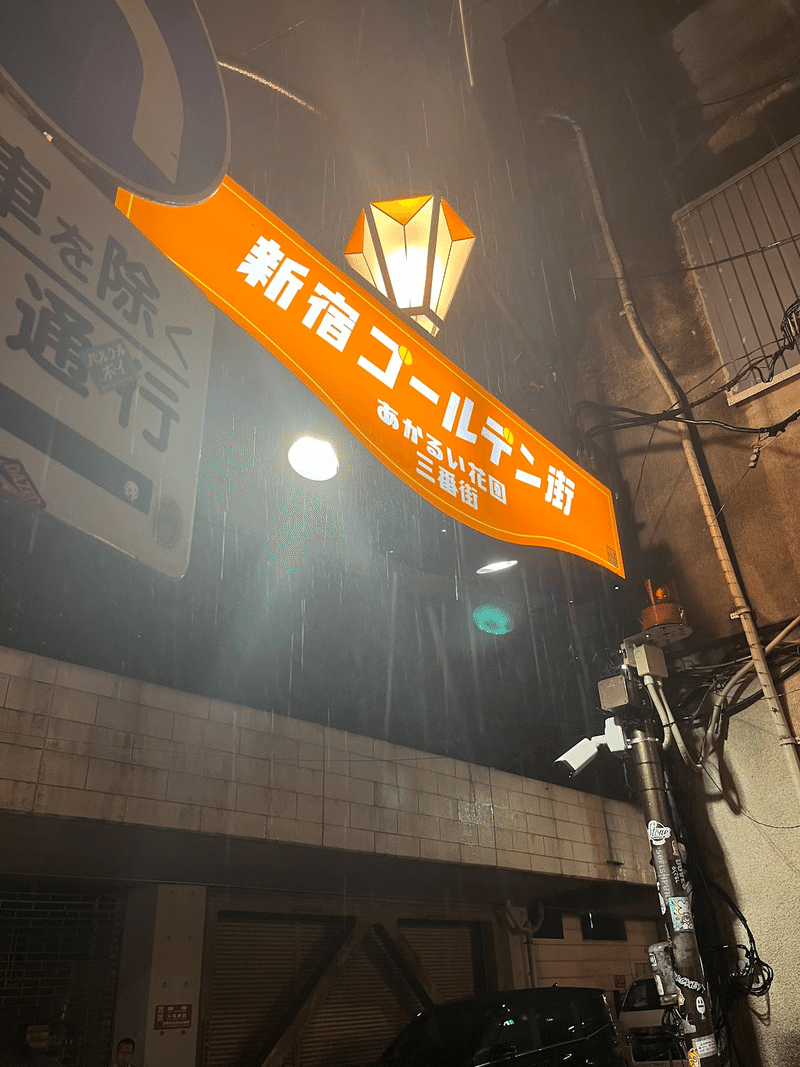
この記事が気に入ったらサポートをしてみませんか?
